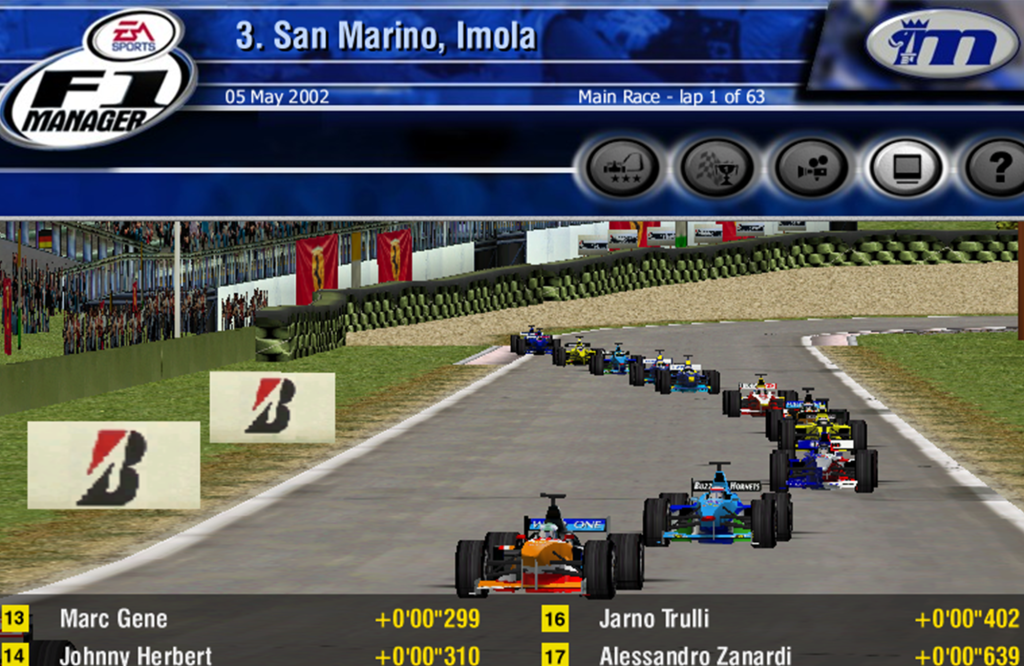Up Next

The upcoming F1 management game titled F1 Manager 2022, which is being developed by Frontier and is due to come out for PC and consoles in the summer, will be the first licensed Formula 1 manager game for over 20 years.
For many, it will be the first officially licensed F1 management game they will have played or possibly even heard of, but there was a flurry of titles released from 1995 to 2000 that put you in the position of an F1 team owner.
MicroProse’s Grand Prix Manager was the game to kick off the craze when it was released in late 1995 and was based on the season that had recently ended at the time. That was then quickly followed up with its sequel, Grand Prix Manager 2, in 1996.

Both games are very similar and neither has aged gracefully. The menus are very simplistic, the on-track action is simply an overhead shot of the track in question with low-resolution cars going around the track.
Those are understandable issues based on the technological limitations at the time, but the other quirk on nineties PC games that both Grand Prix Manager titles have is that they’re frustratingly cryptic.
Given that both games are over 25 years old and the fact they started the F1 management game fad, you have to cut the two titles some slack. And, on a much more positive note, they do include a number of features and facets of F1 that have rarely, if ever, been seen since in F1 games.
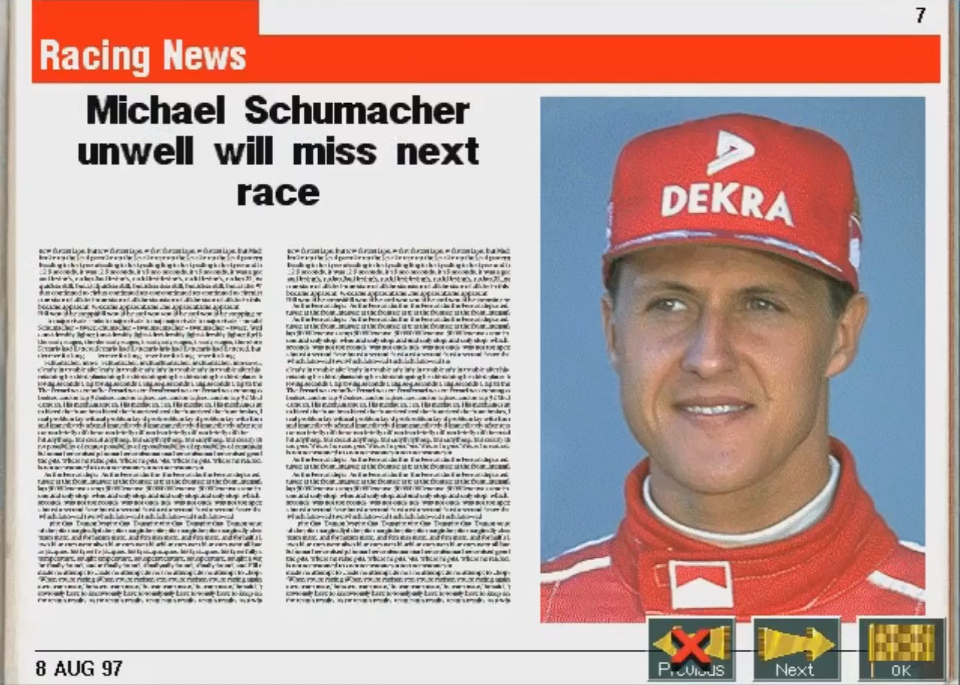
Those include the ability to spy and steal parts and car set-ups from the other teams, a chance that drivers can miss races due to illness or injury and there’s even the potential for AI teams to go bankrupt and leave F1 entirely.
Also, the first Grand Prix Manager lets you play through a career game save for up to 40 seasons.
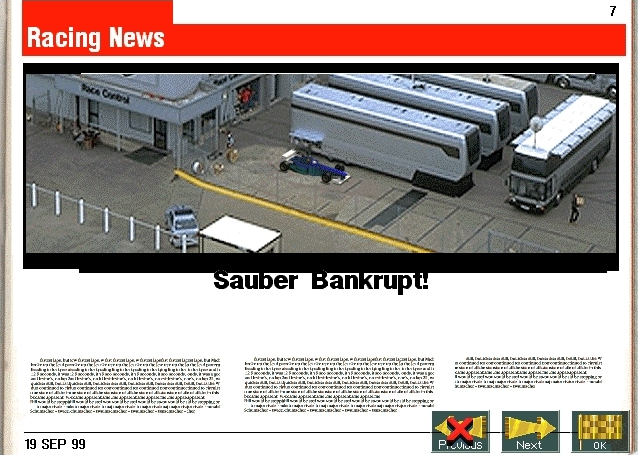
What makes the Grand Prix Manager titles stand out is how much the developers put in on top of all of the mandatory parts. For example, there’s an expansive number of driver aids that can change in legality from one year to the next and both games have additional circuits that weren’t used in real life in that particular season.
The most bizarre inclusion of them all is an oval circuit in the first game, which is located in Baltimore, USA.
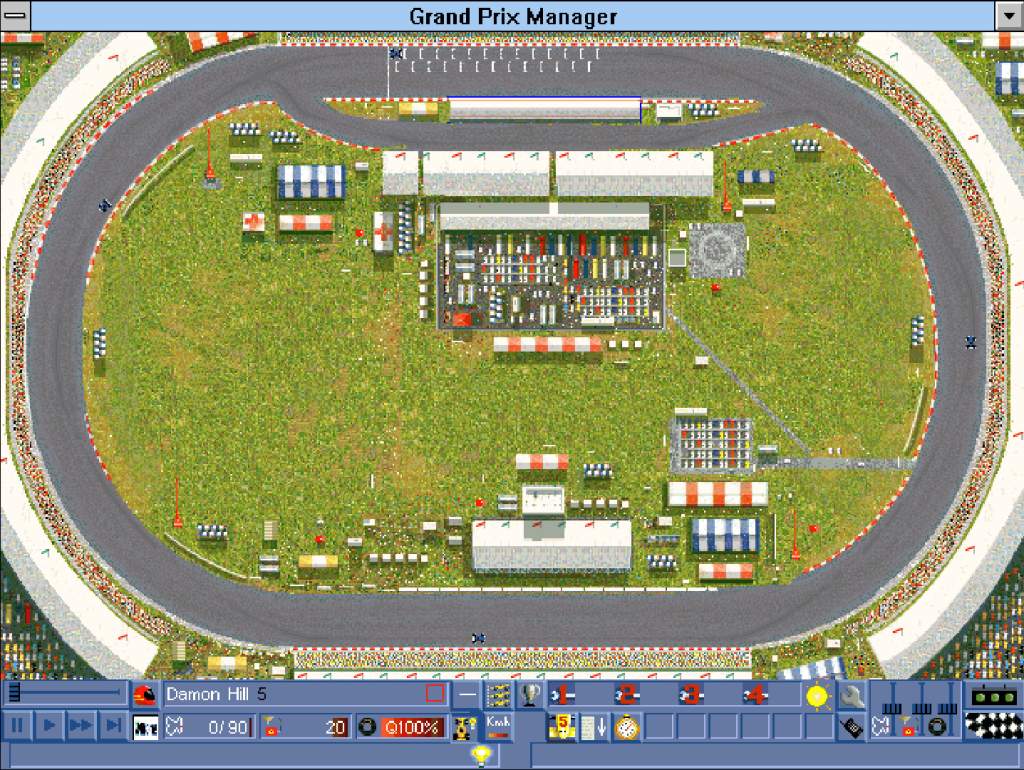
The second game, in particular, has a surprisingly large number of manufacturers that you can sign engine deals with despite them having no involvement in F1 in 1996. Those include Lamborghini, Nissan and even Rolls Royce.
Other game developers tried their hand at creating an F1 management game although none were as popular as MicroProse’s efforts. That’s partly because they tried to expand upon the formula by adding extra layers of detail which ended up making them overly complicated and not easy for newcomers to get to grips with.
There were some good ideas and innovations in those games, though. The 1996 game simply titled F1 Manager, which was developed by Software 2000, included the job roles of development engineer and chief aerodynamicist. MicroProse’s games just stuck with the three engineering job roles of chief designer, chief mechanic and technical director.
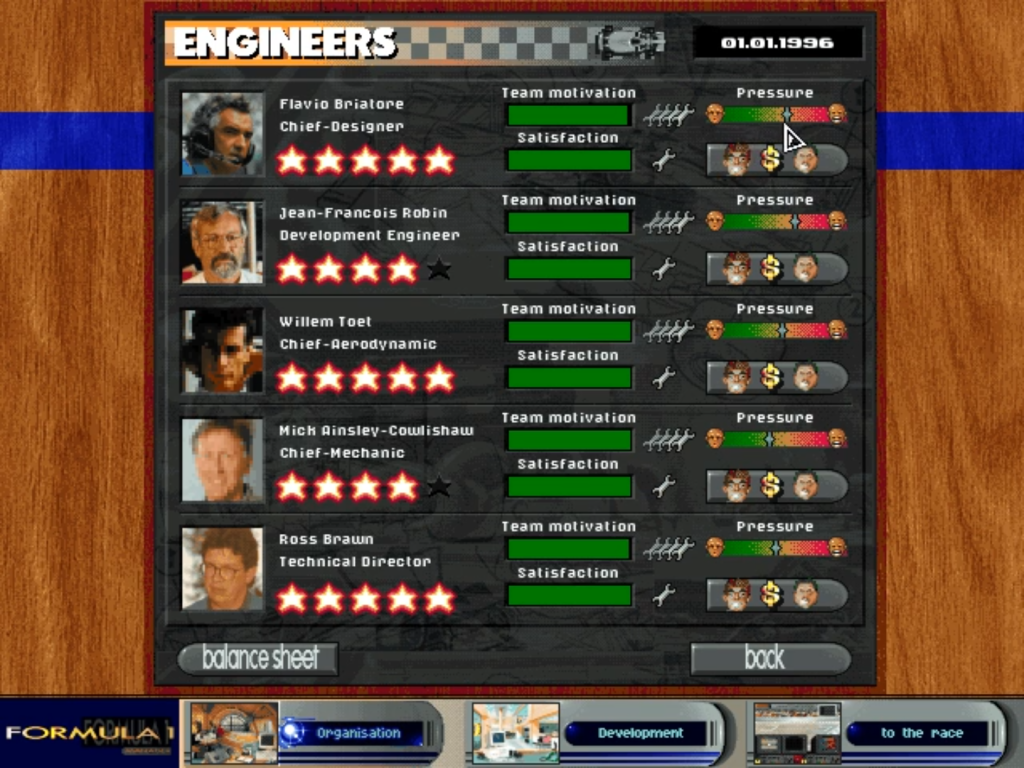
F1 Manager Professional, the unlicensed follow-up that came out a year later, was the first to show the cars driving around the tracks in 3D instead of just dots on a map.
Team F1, also known as Pole Position, is undoubtedly the game with the greatest level of detail and consideration for every possible aspect you would have to consider as a team owner.
It even goes down to the details of deciding how many hours a day and how many days per week each of your employees works for. You can also specify the number of days holiday they get and all of that feeds into the staff stress management side of the game.
You can also create your own fictional team, pre-dating the My Team game mode in Codemasters’ F1 games by over two decades. Whether you make your own team or take control of another, you buy a chassis from another team but you have to make sure it fits the size of the engine that you intend to put in it.
That also means you could manage Ferrari yet have a chassis from Williams with a Mugen Honda engine.
That theme of absurdity and events that defy logic is a recurring theme in the F1 management games regardless of who they were made by.
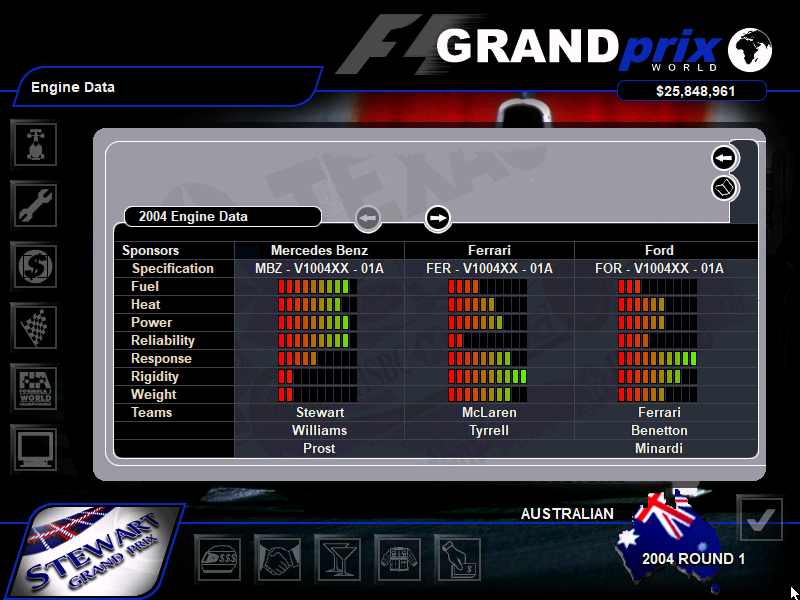
Even in Grand Prix World, the sequel to Grand Prix Manager 2, Ferrari the F1 team has to negotiate its engine deal with Ferrari the engine manufacturer. That’s why it’s not uncommon for Ferrari to end up not using Ferrari engines after a few seasons – as bizarre as that sounds and as improbable as it would be in real life.
Grand Prix World is often regarded to be the best officially-licensed F1 management game despite the few moments where logic goes out of the window.
The level of detail the game has includes people refusing to join your team if you are seen to be financially insecure or if you haven’t done well in previous seasons. Sometimes drivers will refuse to sign for you because they don’t like who they will have as their team-mate.
Even suppliers and sponsors need a lot of convincing and you can help that process along by offering them VIP treatment at the races. Each grand prix is given a rating of how prestigious it is, so inviting representatives of a major sponsor to an event you’re hosting during the Monaco Grand Prix will help those negotiations a lot.
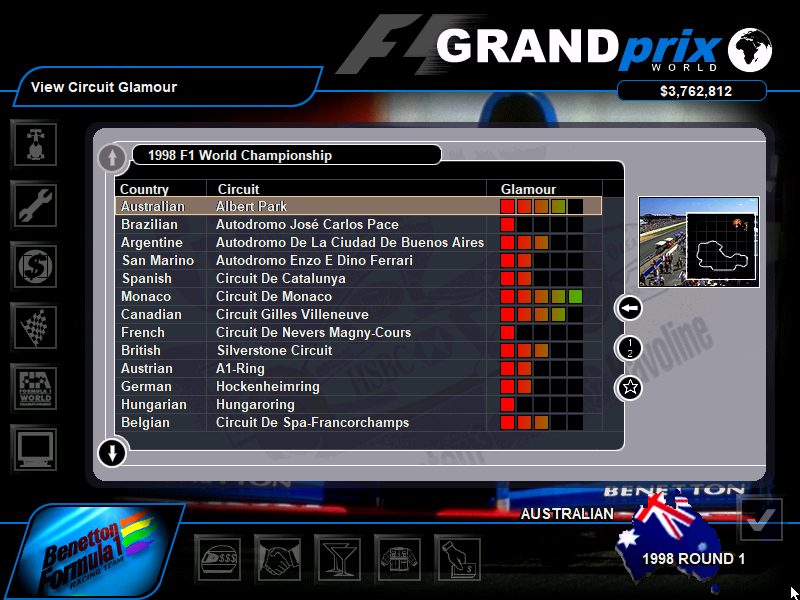
Naturally, though it costs money to do that and another team may have also invited that company to an event themselves which means they will turn down your offer.
You’re not safe as a team owner even if you have an ongoing works deal with the best engine, tyre and fuel suppliers because any one of them could decide to leave the sport entirely.
That’s because along with all of the engine, tyre and fuel suppliers that were in F1 in real life, there’s one extra company for each section that can join and take the place of one of the existing manufacturers.
Toyota, Michelin and Esso are the additional companies that can join F1 – meaning it’s feasible that Mercedes-Benz could leave F1 just as Toyota joins and starts to supply its own engines.
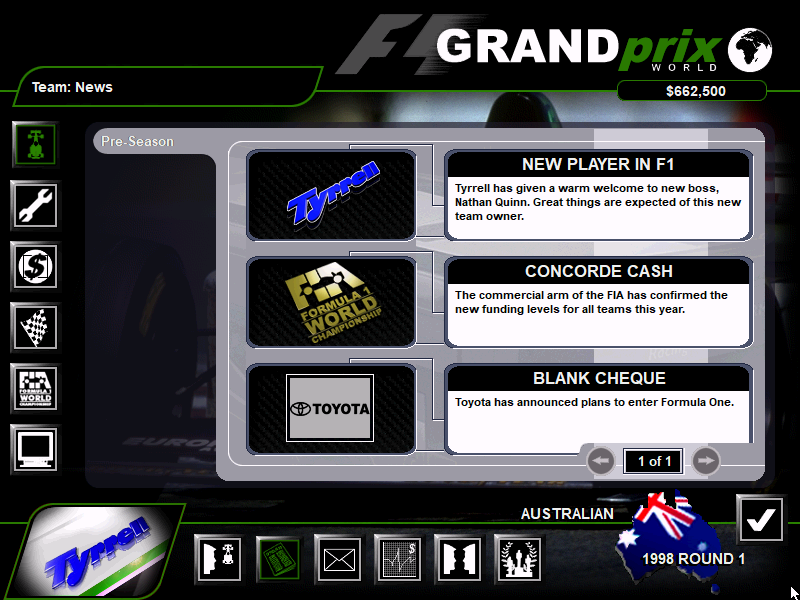
Equally, though it’s entirely possible the tyre war could become a three-way fight once Michelin joins if neither Goodyear nor Bridgestone decided to go.
The most recent proper F1 management game to have been released is F1 Manager which was published by EA when it had the shared F1 game rights from 1999 to 2002.
Its F1 Manager takes place during the 1999 season with a career mode that lasts for 10 seasons.

In terms of outlandishness, EA Sports’ game is unbeaten, although that’s less by design and more down to a rushed development period.
In terms of features, it’s the most bare-bones game of them all as there’s no possibility of rain in the races and all of the personnel, supplier and sponsor deals are simply done on a first-come, first-served basis.
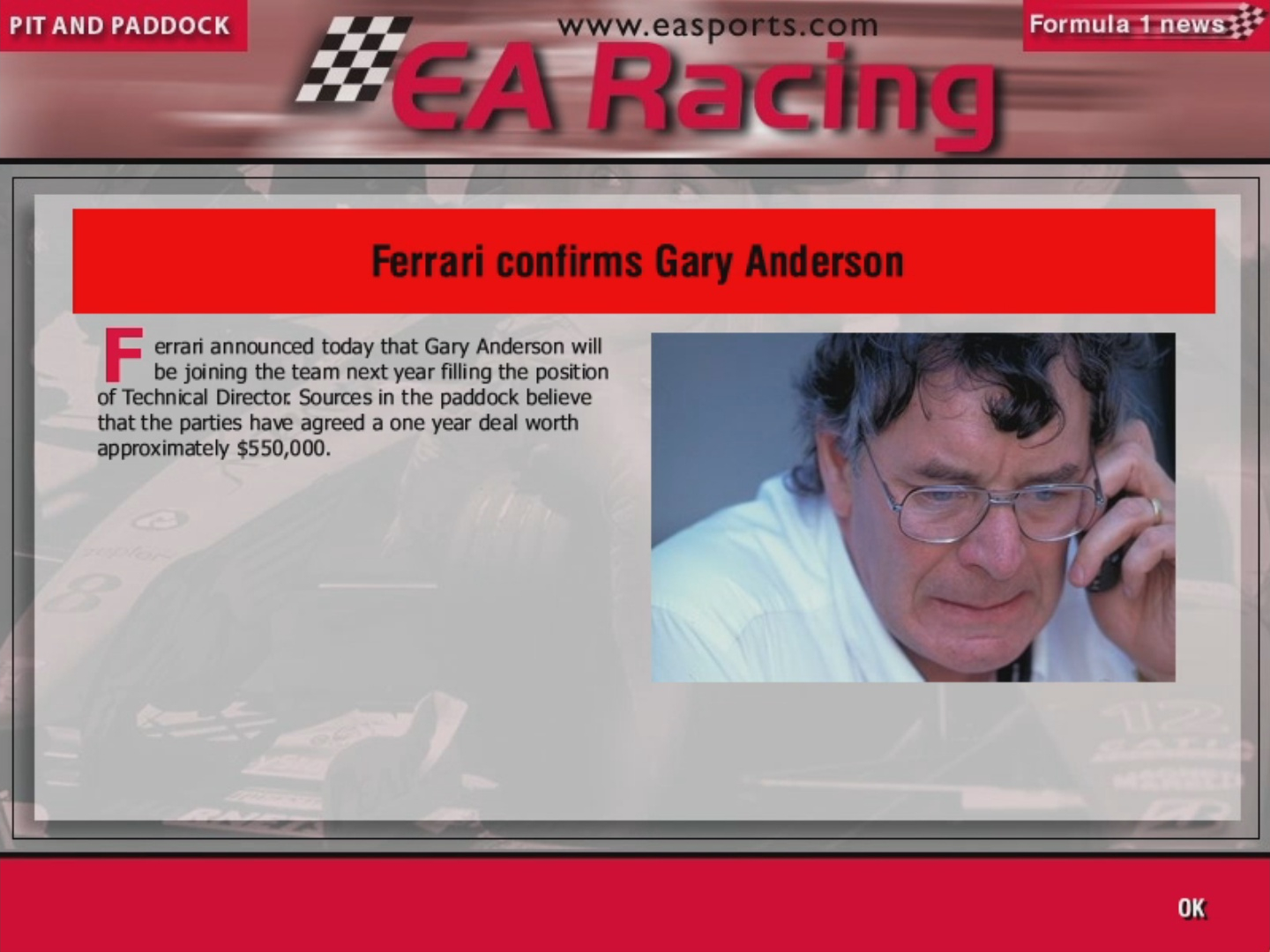
That means how each year’s grid will shape up is more or less random. Both Schumacher brothers could partner up at McLaren, Heinz-Harald Frentzen could end up as merely a test driver for Ferrari and Mika Hakkinen could be ignored by everyone and end up jobless.
Those aren’t just hypothetical examples, they are events that have happened during playthroughs of EA’s F1 Manager.
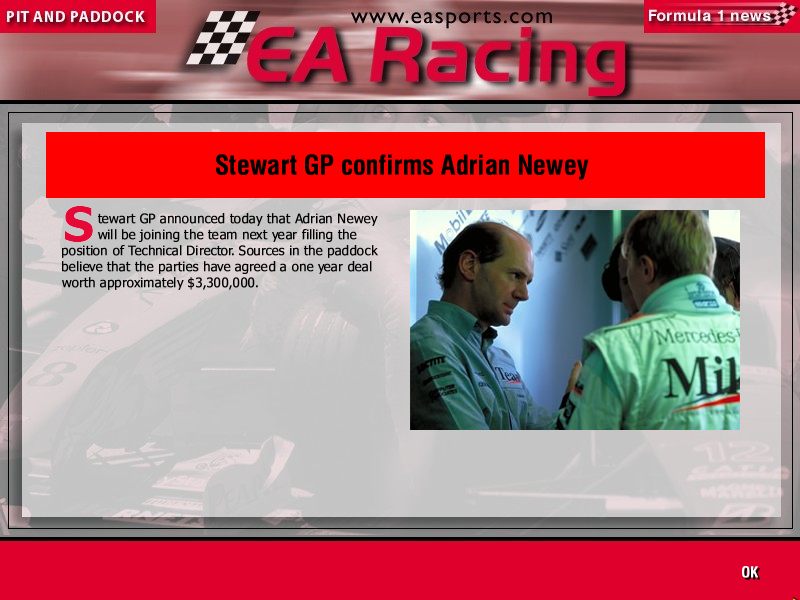
Those examples only consider the driver changes but off-track personnel figures, part suppliers and sponsors also hop from team to team.
If you’re going for irony you could deck Minardi out with Champion and Winner F1 sponsor logos.
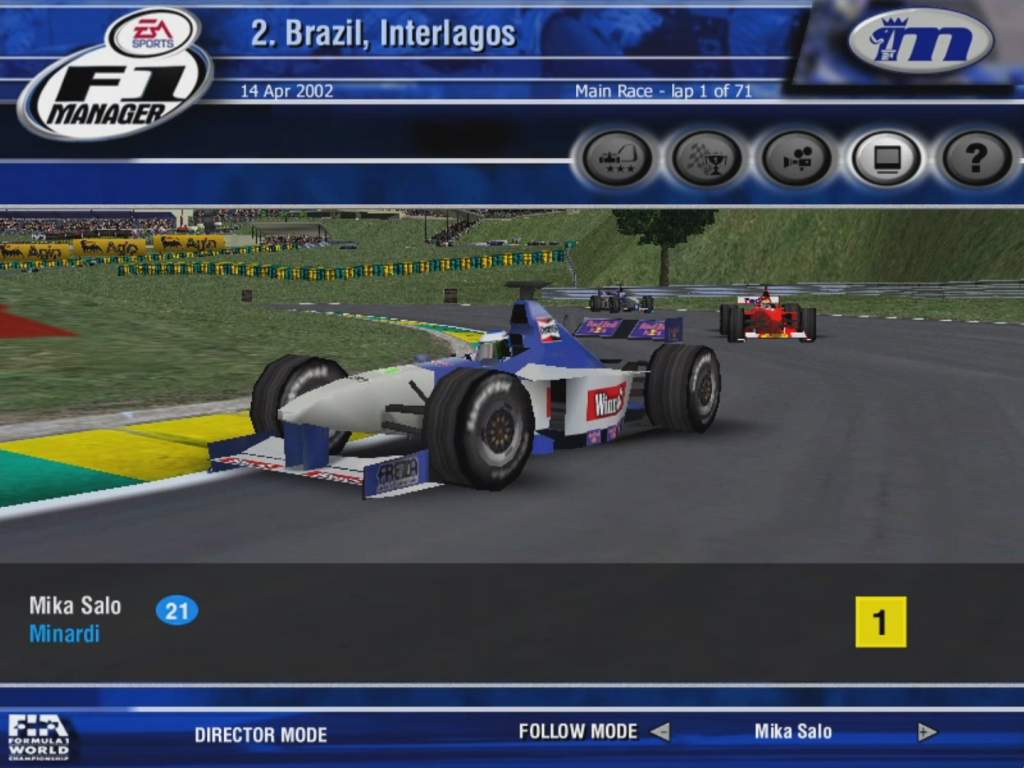
One inevitable event that sums up the truly random nature of the game, and something that unfortunately likely wouldn’t happen were the game to be made nowadays, is that Benetton Sportsystem quite often doesn’t sponsor the Benetton F1 team.
So its logos often end up adorning other teams’ cars.
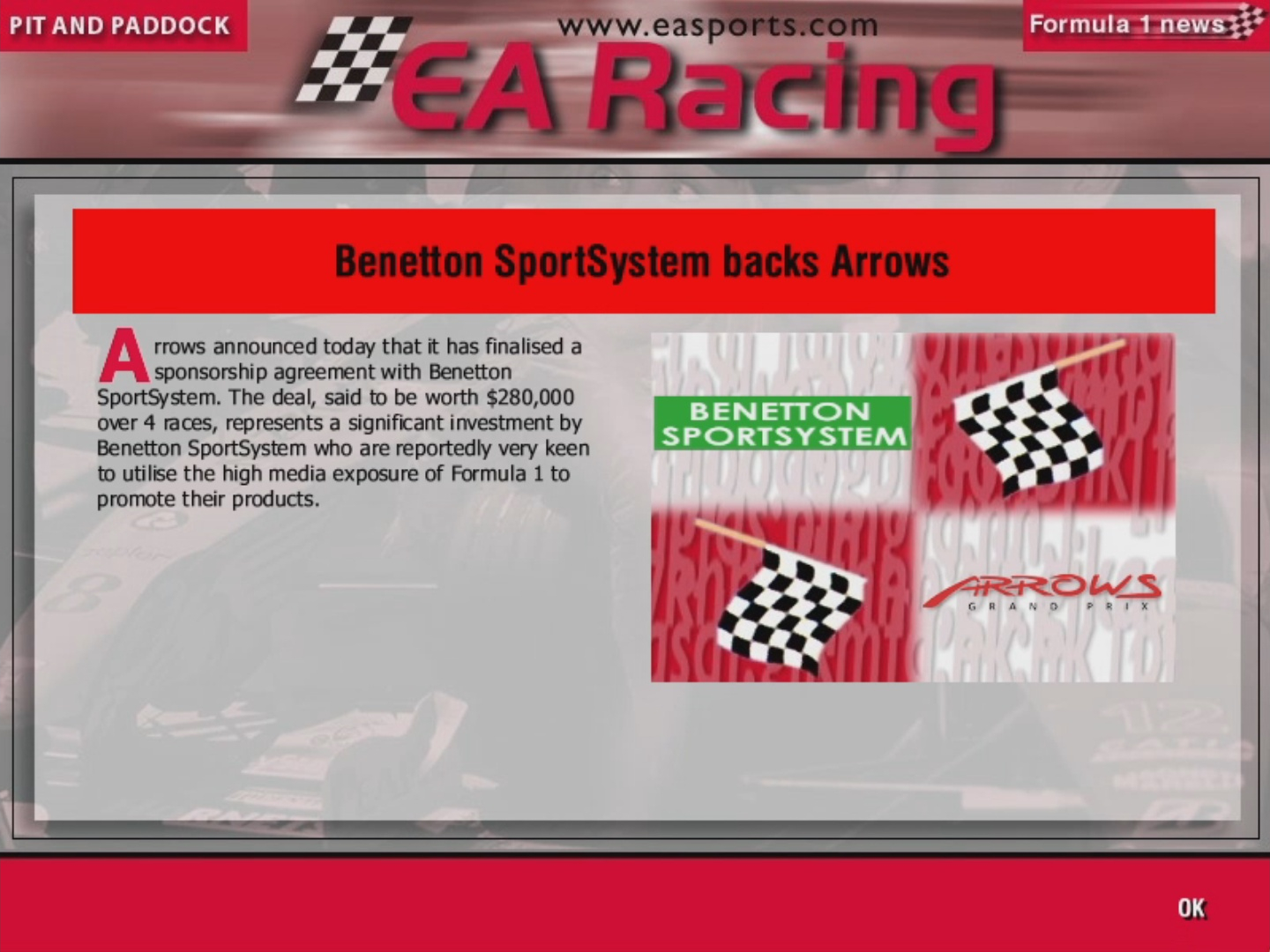
It may have been a coincidence or a consequence of the game’s lack of polish and therefore the poor reception it got, but EA’s F1 Manager killed off the racing subgenre of management games for a long time.
It wasn’t until 2014 that the concept was revisited with the mobile game Motorsport Manager which featured entirely fictional teams, drivers and circuits. It proved to be a big hit with two follow-up games that increased in depth and complexity before the series switched to a free-to-play, microtransaction oriented model which required players to be connected to the internet.
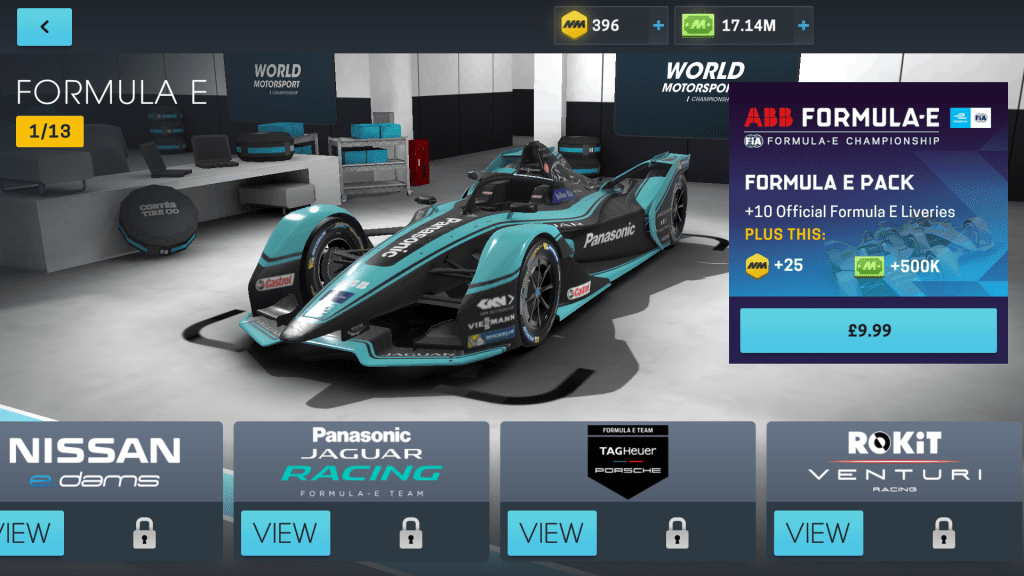
However, that title, called Motorsport Manager Online, did get some official licenses with all of the current Formula E drivers, the cars and some of the circuits.
The app F1 Clash, formerly named F1 Manager until last year, is very similar conceptually to Motorsport Manager Online as both are online-only, free to play mobile games. Crucially neither game is a management game in the traditional sense given the comparative lack of aspects of your team there is to take charge of.
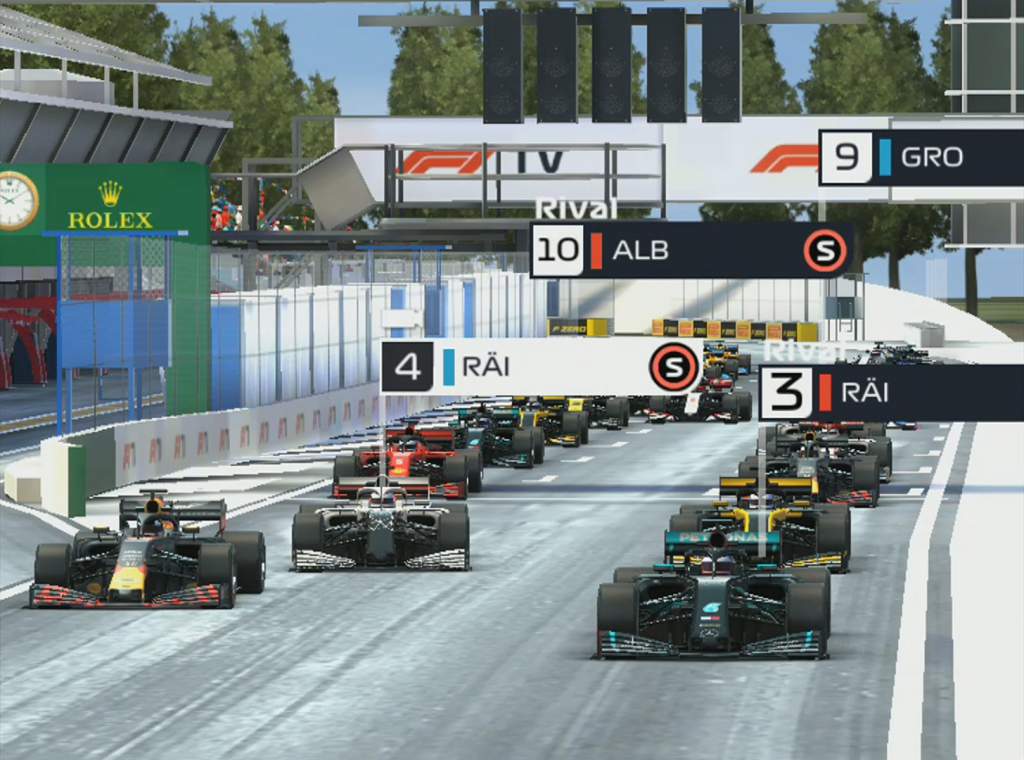
That means the PC Motorsport Manager game is still the most recent, fully-fledged racing management game that wasn’t released on mobile.
Compared to those before it, Motorsport Manager has a much greater emphasis on managing your drivers when they’re out on the circuit.
That includes looking at and reacting to the weather forecast, controlling how hard your drivers are pushing to ensure their tyres are at the right temperature and making sure that your drivers are on the correct strategy and whether or not you need to change it once the safety car is deployed.
Previous racing manager games would only go so far as to get you to fine-tune a car’s set-up. In-race management was usually minimal since race strategies were decided before the race and then carried out without the player needing to interfere. Often you could even skip the races entirely and just get told the results if you wanted to get through a race weekend or even an entire season quickly.
Another unique aspect to Motorsport Manager was the voting process for proposed rule changes. Rather than the game telling you what rules were changed, all the teams voted on whether those changes would be made.
You could even propose your own rule changes and try and force through adjustments to the championship that played to your team’s strengths.
The changes that could be voted on were varied and included changing the points system, introducing sprinklers to the side of the circuit, reversed or randomised starting grids and even how the prize money is distributed at the end of the season.
A lack of licences for real-world motorsport series meant that Motorsport Manager had the freedom to go as ridiculous as it wanted. A later DLC pack even added sprinklers in reference to the idea once put forward by Bernie Ecclestone when he was at the helm of F1.
Whilst we await further details about F1 Manager 2022, it is likely that the PC Motorsport Manager title will be the most accurate insight into what we can expect from the new game. Particularly in terms of the management of your team during a race and the need to make moment to moment decisions.
The inclusion of the full Formula 2 and Formula 3 driver line-ups is something not yet seen in previous F1 management games and while the teased HQ upgrades, regulation changes and sponsorship signings are, exactly how similar those systems will be to the previous titles can only be speculated on.


